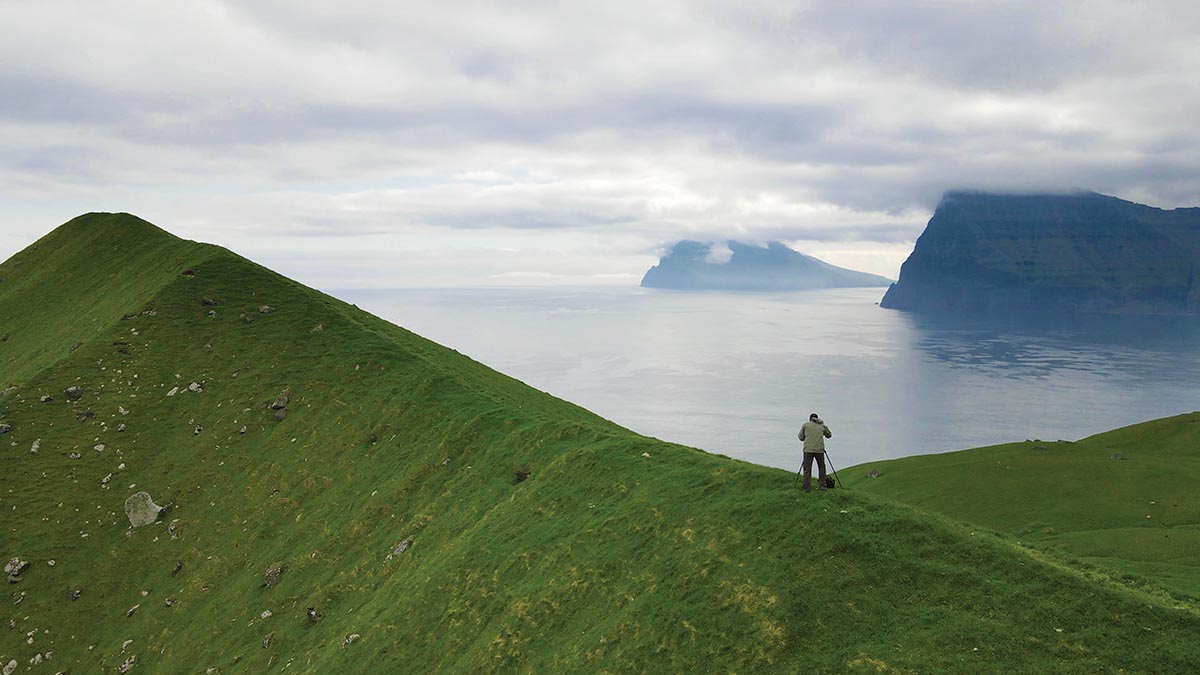Growing up in Bulgaria in the shadow of the Pirin Mountains, Lazar Gintchin has long been inspired by the outdoors. He received a German-made film camera as a boy, and photography became his connection to nature. This is a connection he maintained through his move to the United States in the 1990s and on to a photography career.
Now a resident of Colorado, Gintchin specializes in large-format panoramic fine art landscape photography. He terms his work “windows to nature” because “when you print a really large nature photograph and put it on the wall, it’s like opening a window to nature, regardless of what’s on the other side of the wall,” he says. His work has appeared in galleries throughout Colorado, and he’s gained a burgeoning reputation as a singularly gifted photographic artist, all by following his personal inspirations through the natural world.
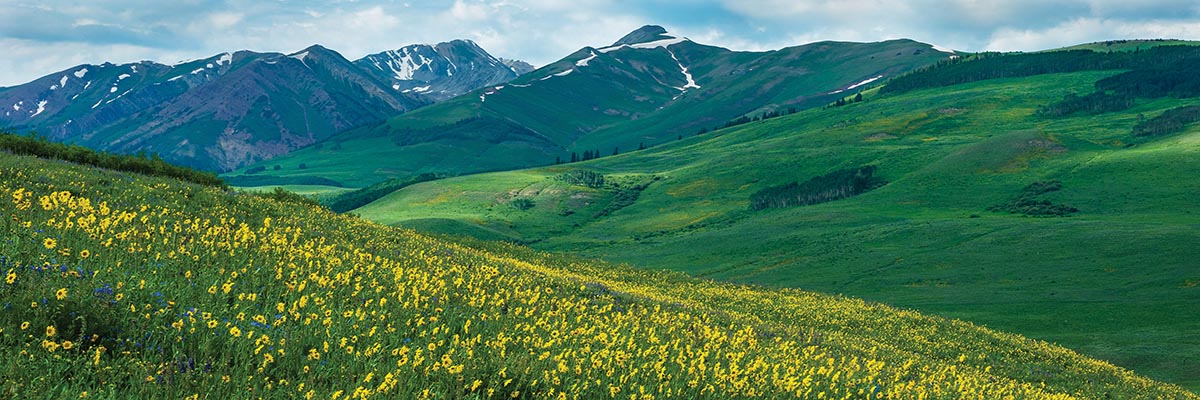
BEAUTIFUL EXPERIENCE
A key evolution to Gintchin’s approach came when he realized he was overexerting himself in pursuit of imagery—often to the detriment of his photography. This realization crystallized during a trip to photograph fall colors. From dawn to dark, he exhausted himself physically and mentally, racing from location to location trying to capture as many scenes as possible.
When he returned from the trip and looked through his images, the number of gallery-quality photos was lower than he’d hoped. The same results applied to other outings around that time. He realized that the more he pushed himself, the fewer great images he produced.
“I needed to slow down and enjoy the moment more,” he says. “Yes, it’s important to come home with a great image, but it’s such a blessing to be out there in nature experiencing those settings, witnessing something that no one else is seeing. It’s quiet, it’s beautiful, and it’s temporary because in a few moments it will be gone. I started to cherish those moments more and over a few years had incredible experiences. Now, I focus not only on coming home with a really beautiful set of images but also having a really unique experience.”
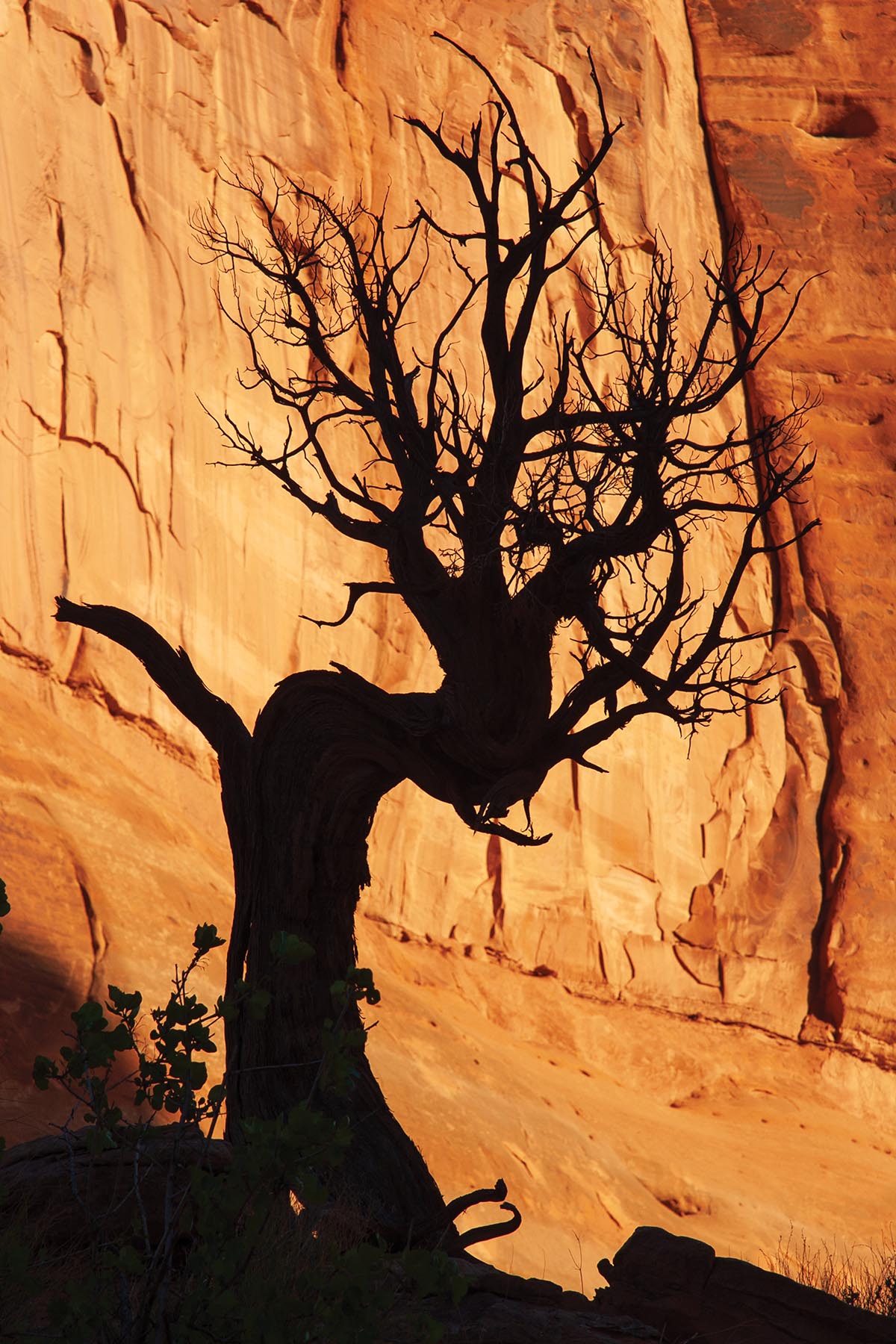
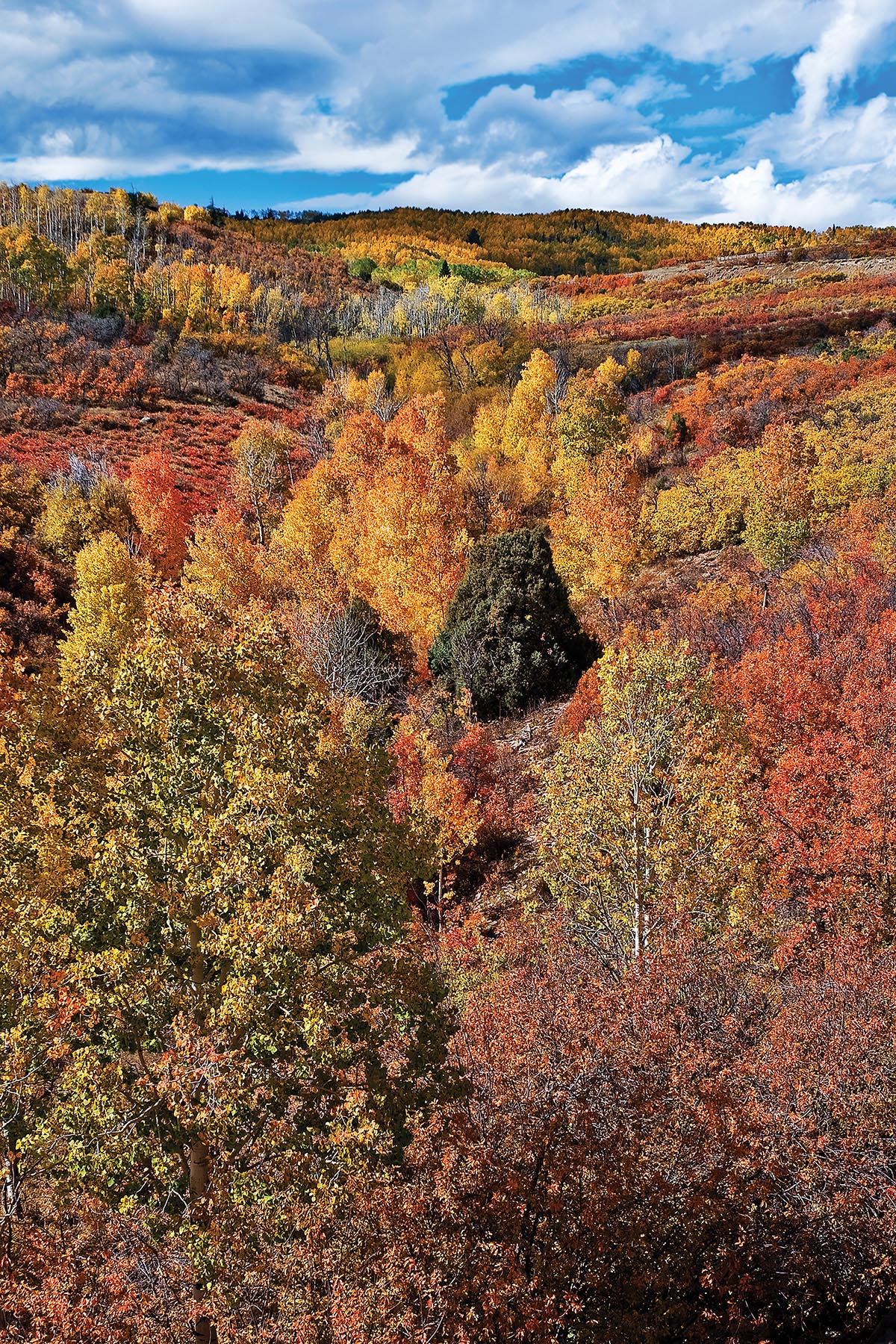
CREATIVE IMPACT
Gintchin changed the way he approached photographic travel. Instead of a rigorous shooting schedule, he slowed things down, moving about with a loose idea of what he wanted to accomplish but less of a rigid agenda. Counterintuitively, he found that this more considered approach made him more prolific in high-quality image creation. He’s now returning from photo trips with more images worthy of going into a gallery collection.
“I think it’s a result of enjoying the process more, being in the moment,” he says. “I’m not so concerned with just getting the shot and moving to the next location. I make sure my camera settings are in the right place and everything is just right because I’m not rushing through things.”
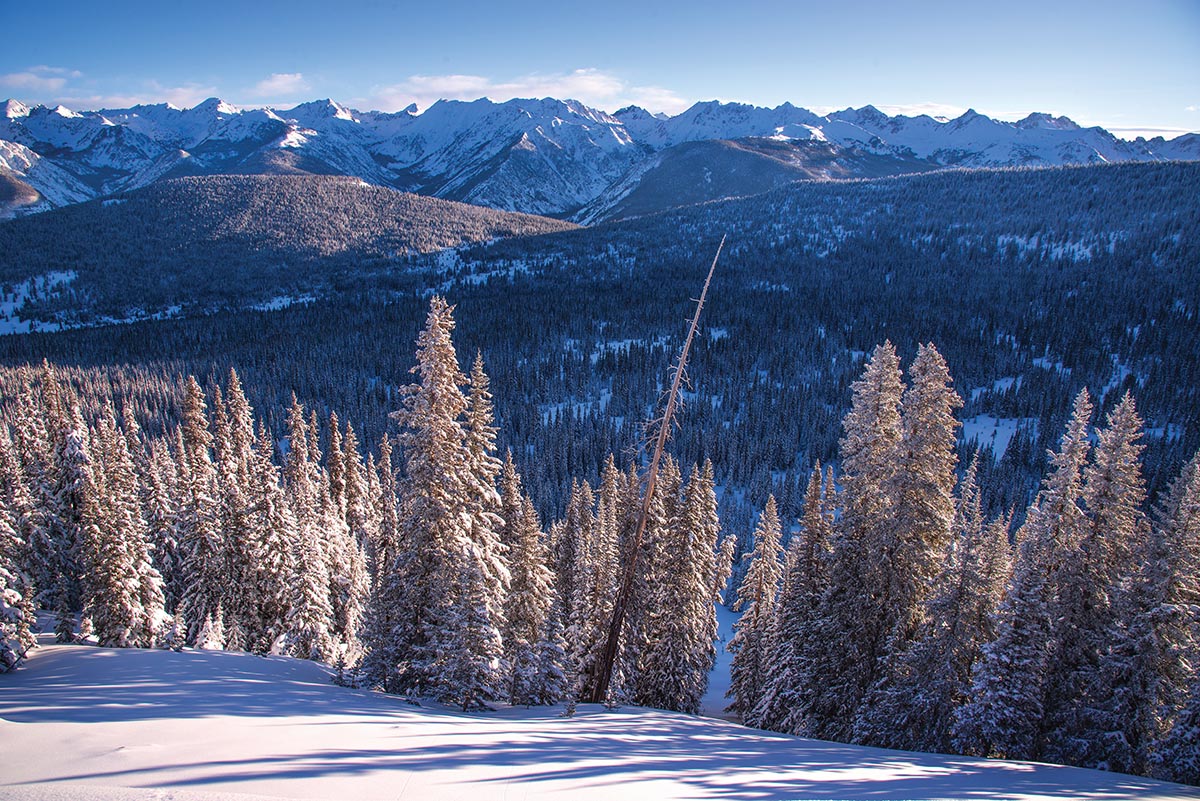
MAKING THE CUT
When it comes to creating an image worthy of a gallery collection, Gintchin has three criteria. First, he starts with a personal connection to the subject. “I have to feel some sort of a draw to the place I’m photographing,” he explains. “That’s important because the emotional experience you get while photographing translates into your work.”
Second, all the ingredients of a great photograph have to be present. Aside from a beautiful scene, the raw ingredients need to be captured in a way that meets his standards. The light, the colors, the focus, and the exposure all need to be spot on. Technical accuracy is critical since he sells large-format prints that magnify every imperfection. “Sometimes, I think I have a good image, but when I look at it blown up under high magnification, it’s slightly blurry or slightly off,” he says. “I have to be sure when my customers order a large print, it’s going to be crisp and perfect.”
And third, the composition has to work at a level that is both intriguing and aesthetically pleasing. This last element is difficult for Gintchin to apply a uniform formula to, but the fundamental question he asks about each photograph is, Does this image elicit some type of emotion? It could have all the technical aspects, great color, great exposure, but if it doesn’t move the viewer, it doesn’t make the collection.
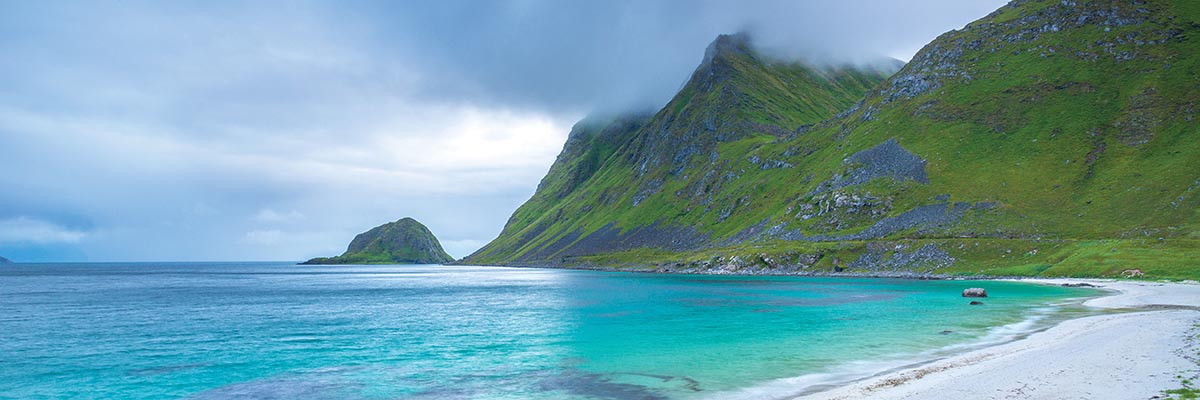
LIMITED-EDITION ARTISTRY
All of these efforts go into limited-edition collections that Gintchin sells exclusively through his website in sizes ranging from 20x60 to 40x120 inches. Each is available in a limited number of printings, making them more exclusive and therefore more valuable to Gintchin’s customers.
Gintchin moved away from brick-and-mortar gallery representation in recent years to have more control of how his art is represented. Making a connection with his buyers is important, and he wants to tell the stories behind each image and manage their display, even if it’s in a virtual format.
“I’ve found that art buyers like to make that connection,” he says. “I built out my website so I can tell stories with the images. Many of the images have crazy, unique, unexpected stories behind them, and I can tell them through my own words, which helps form that connection.”
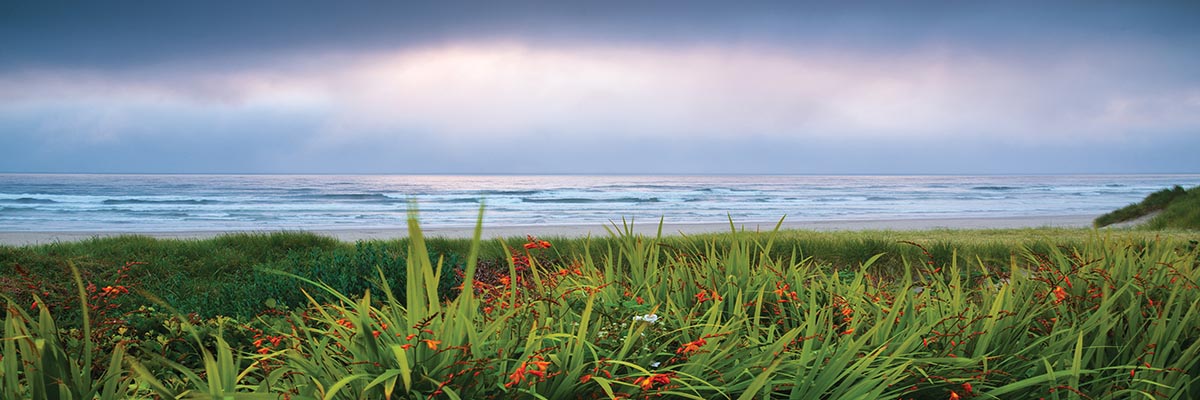
Gintchin also turns the tables on his customers by asking them their stories. He inquires about what drew them to his work, what speaks to them, how his imagery fits into their stories. “What I’ve learned from these interactions is that art is very subjective,” he says. “Everyone comes from their own life experiences and has their own reasons for the images they choose. It’s helpful to understand that when you’re creating art.”
Still, Gintchin doesn’t create his art to please others. It comes from a place of personal inspiration. However, because he’s developed an appreciation for different kinds of landscapes, his diverse offerings can make a lot of people happy.
Is that diversity in his work an advantage or a disadvantage when it comes to selling artwork? “It’s hard to say because you don’t learn about the people who pass you by,” says Gintchin. “But in terms of my identity as a photographer, I’m not defined by what people like or don’t like. I define myself by what I like. If others agree with me and want to buy it, great. If not, that’s fine too. We have a saying in Bulgaria: There are passengers for every train, meaning, people are diverse and enjoy all kinds of different things. So, it’s just a matter of getting your art in front of the people who will appreciate it.”
Jeff Kent is editor-at-large.

